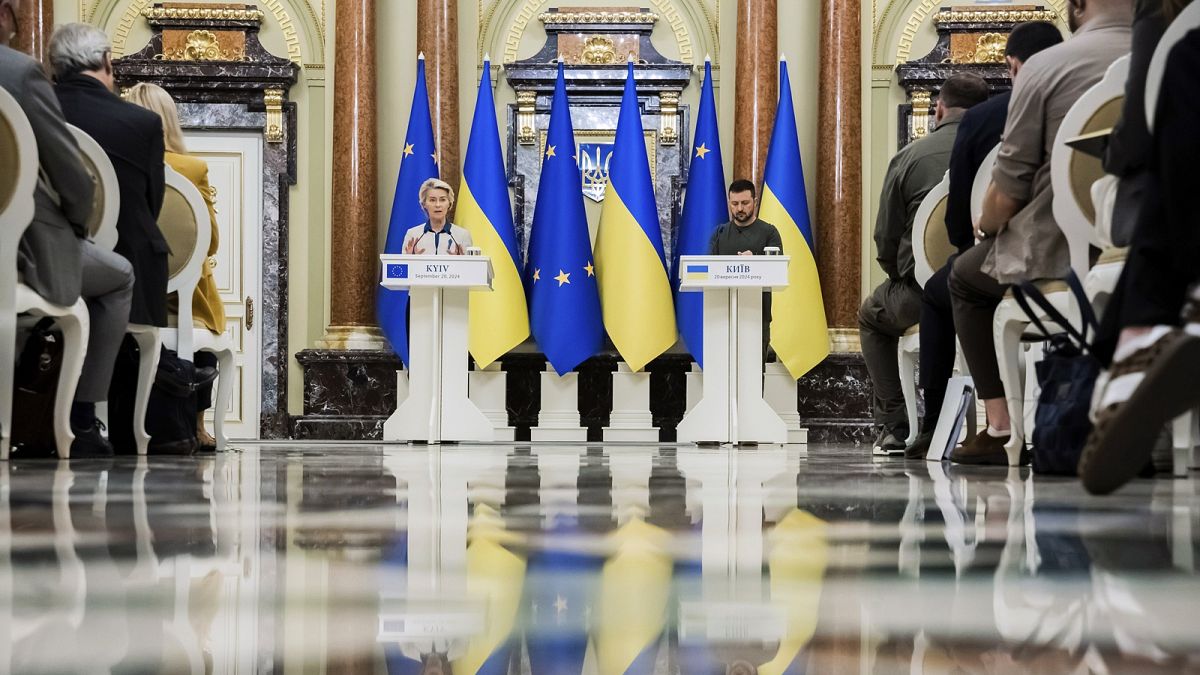The European Union has approved a €35 billion loan to support Ukraine in the aftermath of Russia’s invasion, which has caused significant financial strain on the country. This loan will provide much-needed fiscal space for the government and offer flexibility to meet daily needs, including healthcare services, defense capacity, and energy system repairs. The key difference in this loan is that Russia’s immobilized assets will act as collateral, ensuring that Ukraine’s budget is not burdened with repayments. This innovative approach aims to make Russia pay for the devastation it has caused in Ukraine.
The idea to utilize Russia’s frozen assets to support Ukraine originated from the Western motto “make Russia pay,” which was adopted in 2022 to hold Moscow accountable for its actions. The frozen assets, primarily held in the EU territory, are worth around €270 billion, with an estimated annual profit of €2.5-€3 billion. The EU and the G7 have pledged to raise a $50 billion loan to provide immediate relief to Ukraine. The utilization of these windfall profits to support Ukraine’s army and reconstruction efforts has become a crucial part of the initiative.
The EU’s share of the loan is €35 billion, exceeding the initial amount it was supposed to contribute. However, the total amount contributed by all allies may impact the EU’s share. The Ukraine Loan Cooperation Mechanism will be established to manage the windfall profits and ensure that repayments are fulfilled without burdening either the G7 or Ukraine. The funds are expected to be disbursed gradually throughout 2025, with the first transfer scheduled for late 2024 or early 2025.
The loan proposal requires swift action from the Council and the European Parliament to secure the €35 billion before the end of the year. The structure of the loan is designed to prevent individual vetoes, enabling a prompt agreement. The disbursement of funds will be managed through bank accounts in the lenders’ territory, providing greater autonomy to Ukraine in deciding how to utilize the assistance. The assets from August 2025 onwards will be channeled into a common pool for sustained support.
The ongoing challenge lies in Hungary’s potential veto power over the proposal to extend the renewal period on Russian assets from six to 36 months. High Representative Josep Borrell has suggested the longer renewal period to provide predictability and address concerns. Despite Hungary’s veto power, the €35 billion loan is legally protected and will proceed regardless of the asset renewal decision. Washington and EU member states will adapt accordingly to ensure continuous support for Ukraine and manage any financial risks involved in the process.











